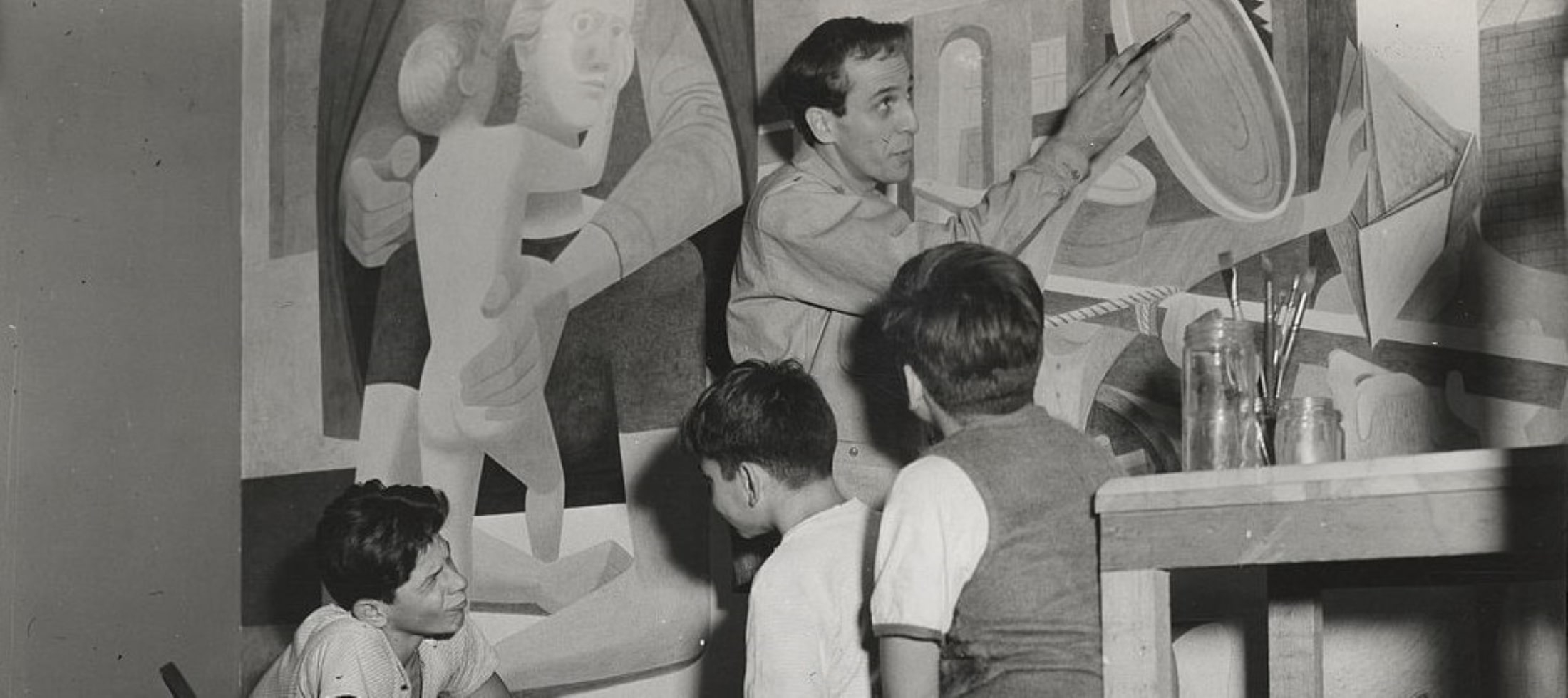
Philip Guston’s enigmatic art
Before you visit the controversial new show of Canadian-American artist Philip Guston (1913-80) titled ‘Philip Guston Now’ at one of four major art museums around the world, discover how he became so influential, what made his work so controversial and the influence he had on the modern art world.
Philip Guston - a painter who never ceased to experiment
Guston was not afraid of going off the beaten path: While he dedicated himself to abstract expressionism for over a decade, his career path took quite a radical turn when he decided to focus on representational art instead. That sparked great criticism in the art world at the time, especially following his show at Marlborough Gallery in Manhattan in 1970, when visitors were expecting to see abstract works but were confronted with images of items from his studio instead. But some experts say that shift wasn’t as sudden as it seemed. “The truth is that Guston’s work had been changing in different ways over the decade prior to this controversial show,” as Mark Godfrey, curator and co-organizer of the ‘Philip Guston Now’ said, according to Sotheby’s.
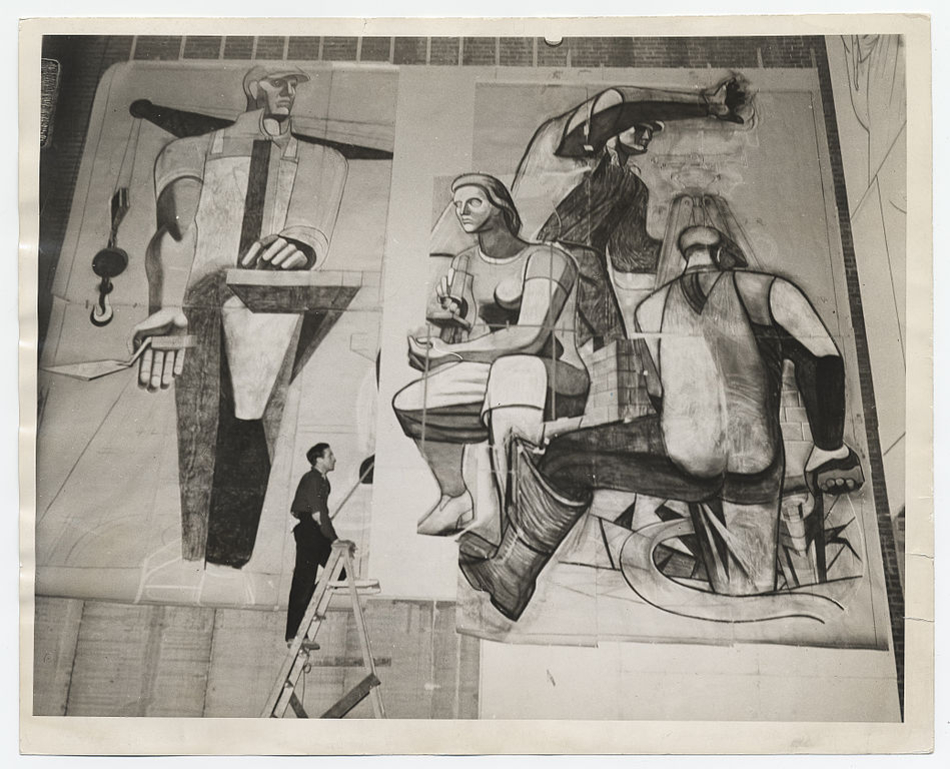
Philip Guston’s life: How he became an artist
A largely self-taught artist, Guston was raised by his Russian-Jewish parents, who were forced to flee persecution in Ukraine in the early 1900s. He grew up in Los Angeles, where his father worked as a rubbish collector and ended up taking suicide when Guston was only around 10 years old. He studied at the Manual Arts High School alongside Jackson Pollock and in 1930, he started attending the Otis Art Institute but quit after just a few months. His first job as muralist was at the Works Progress Administration and by the age of 17 he had already completed his first work ‘Mother and Child’. He was deeply inspired by Mexican artist Diego Rivera’s social realism. But on moving to New York in the 1950s he became close to abstract expressionists and abandoned figurative art.
Guston's artworks: A career marked by controversy
Guston’s artworks often explored political issues, namely America’s racism and Europe’s Holocaust, and have caused controversy posthumously as well. In fact, only recently, the National Gallery of Art in Washington, D.C among other museum postponed a retrospective of his work because it included cartoonish images of the Ku Klux Klan — the white supremacist hate organization — at a time when the fight for racial justice was in full bloom following the death of George Floyd. There were also no Black curators at the museum at the time to give the works appropriate context, so the four museums — the National Gallery, Tate Modern in London, the Museum of Fine Arts, Boston, and the Museum of Fine Arts, Houston — decided to postpone the opening of the show. While the images of the Ku Klux Klan ended up being displayed, visitors are given an “emotional preparedness” pamphlet which was put together by a trauma specialist, and there is also a detour so that visitors can easily skip these works all together.
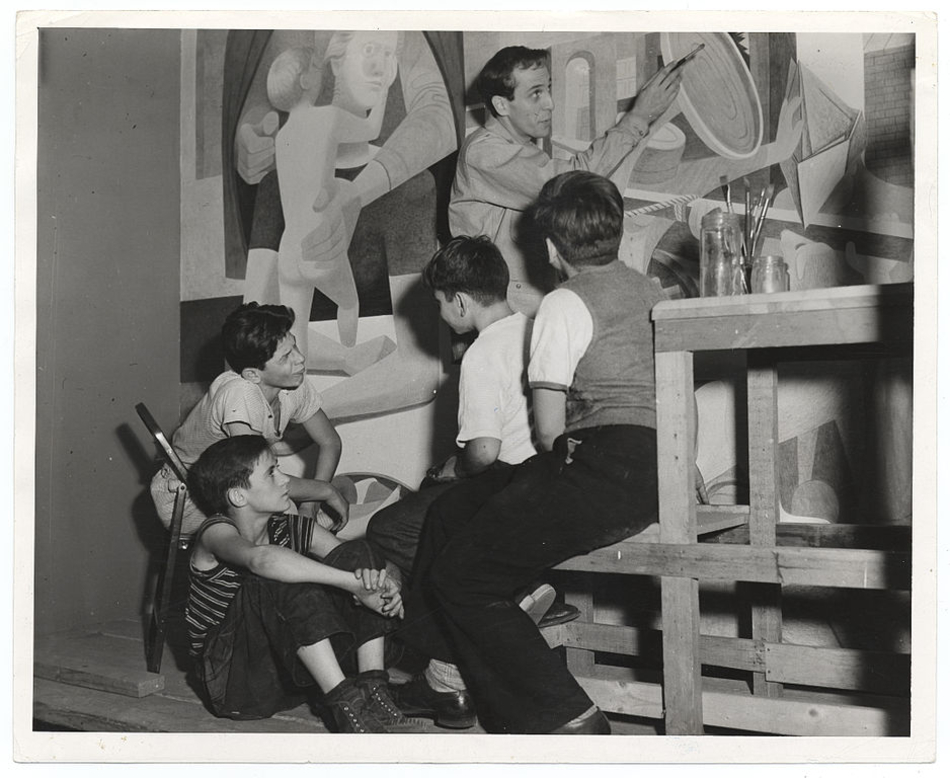
Philip Guston’s most famous works
Best known for his cartoonish paintings, Guston is known for works that challenge the viewer. His series of Klu Klux Klan images which were prompted by unrest in America in the 1960s are among his most well-known works and feature hooded cartoonish figures going on about their daily lives. One of his most famous works from this series is ‘The Studio’ (1969) in which he depicted himself as a hooded figure painting on his easel, a paint brush in one hand and a cigar in the other, to reflect on his white privilege and what that entailed. Another of his most challenging and iconic works is ‘Ancient Wall’ (1976) in which shoes are piled up before a brick wall which is covered with hairy legs to reflect on the horrors of the Holocaust. In ‘Sleeping’ (1977), meanwhile, he depicts himself in bed, curled up covered with a blanket, an artwork that is somewhat reminiscent of the work ‘Lamentation of Christ’ by Italian Renaissance painter Andrea Mantegna, who Guston was greatly fond of.
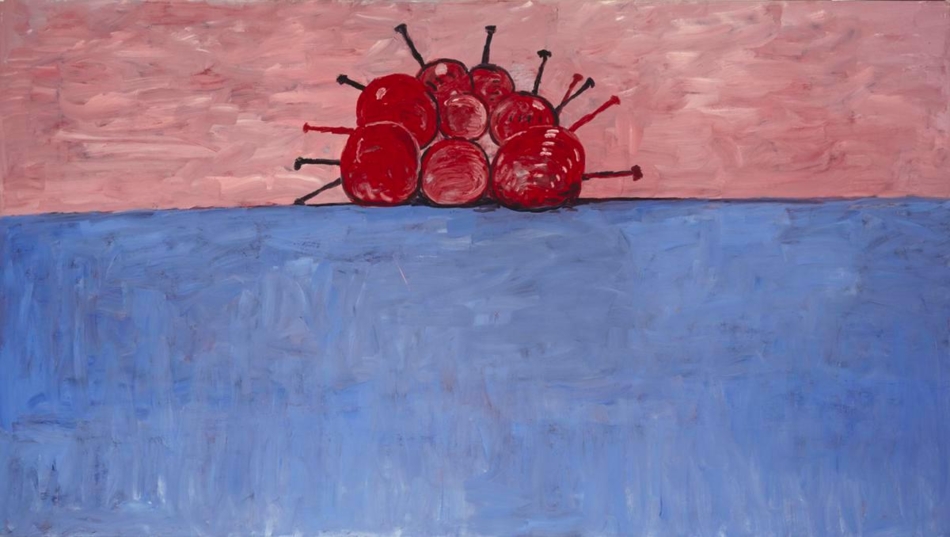
Guston's influence on the contemporary art world
There is no doubt that Guston influenced contemporary artists and has an enduring legacy, as proven at a recent exhibition at gallery Timothy Taylor in London, which used Philip Guston’s painting ‘Story’ (1978) as a starting point to explore how other artists have incorporated elements of his work in their paintings. Louise Bonnet’s ‘Untitled’ (2020), for instance, is thought to have been influenced by Guston’s political cartoons and Antonio Showering’s Plus One (2021) is somewhat reminiscent of Guston’s ‘Couple in a Bed’ (1977) for its autobiographical element.
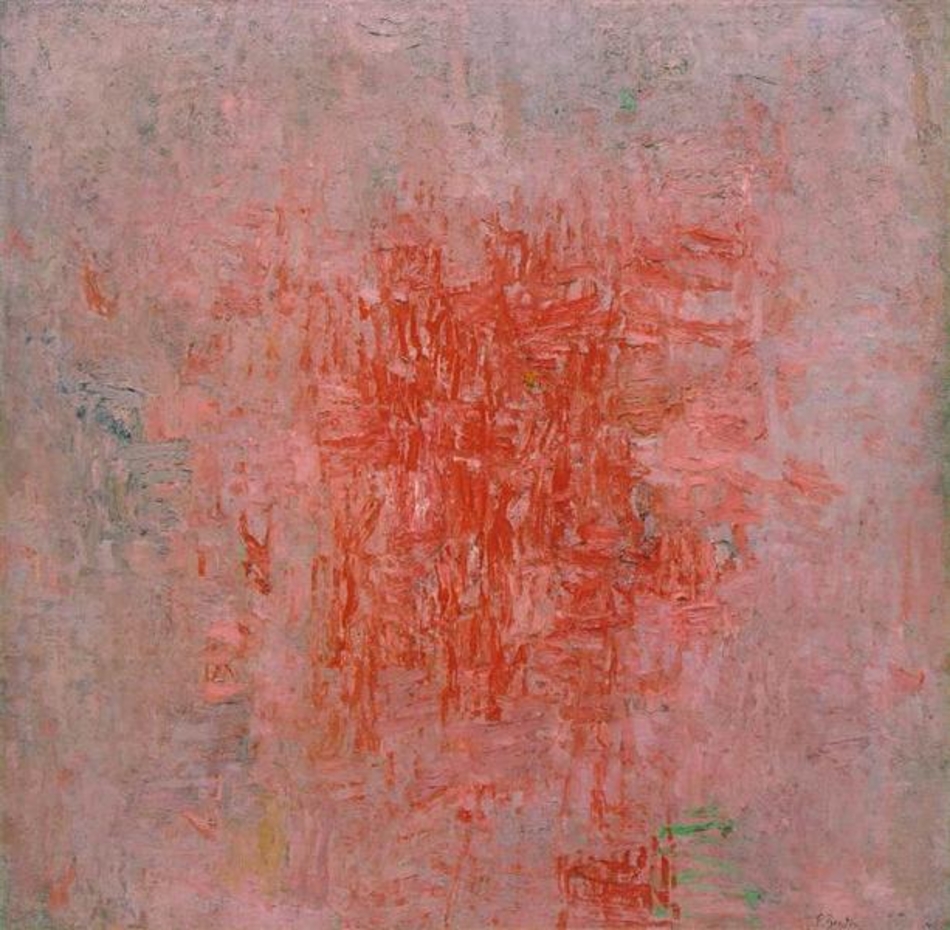
Facinated by Philip Guston's impact on the modern art world? Then you'll also want to know more about Frida Kahlo’s legacy and how she reached such a vast audience.
Credits for the Main photo: Philip Guston painting a Federal Art Project mural in 1940 (photograph by Sol Libsohn) via Wikipedia Commons
